Bonfim - Tietê II Masterplan


Osasco’s Basic Urban Plan, dated from 1966, stated: “the lack of places to go out inside the city in order to have fun e socialize, together with the difficulties in connecting one side of the urban environment to the other, forced Osasco’s inhabitants to go to Sao Paulo. As a result, the inhabitants could not develop the important meaning of belonging to the city”.
This is exactly the main goal of OUC Rio Tietê/Osasco project: providing Osasco and its inhabitants with an identity to be constructed through spaces of collective coexistence and through the incorporation of Rio Tietê as an integrating element, therefore creating a Regional Centrality capable of converging multiple uses sustained by the availability of different transport modalities.
The consortiated urban operation is an important urban instrument regulated by Estatuto da Cidade (City Statute); and, in this particular case, it follows the guidelines of Osasco’s current Plano Diretor (Strategic Masterplan), which recommends urban revitalization for the area, preferably by means of consortiated urban operation. According to PITU 2025 survey, Osasco is inserted in a metropolitan area with the highest population and employment density, hence a restructuring is made necessary in order to prevent the existing infrastructure – specially the public transportation one – from becoming idle; and, consequently, contributing to a balanced use between the land and the transportation, mostly in central areas, just like the area of this urban operation.
The restructuring of the area anticipates an increase in density as well as the refurbishment of sheds, edifices and empty fields – or unused ones – in order to make use of the existing public transportation infrastructure of the area and, consequently, facilitating and diminishing regional displacement as well as that one inside the intervention area itself, mostly by having different transport modalities combined. OUC area is located between wide road and railroad axes; it is also close to the central area of the municipality, which is considered the regional center of Sao Paulo’s metropolitan area.
OUC main focus is implementing both leisure and public spaces associated with interventions that highlight the landscape, projecting points of interest and attraction both for the inhabitants as for passing-by pedestrians along the road and railroad. Hence, Osasco Municipality becomes identifiable inside the metropolitan urban environment, awakening toward its inhabitants the feeling of belonging somewhere and consequently reconstructing an identity.
Another important aspect to be highlighted is the never-before-seen treatment given to Rio Tietê by OUC Rio Tietê/Osasco, inverting the way the river has been systematically neglected by the cities. Along this urban operation, the river is no longer meant as a territory divisor, but as a space integrator, generating an undoubted centrality characterized by a big park. According to the proposed interventions, the river transposition is made with characteristics of continuity, without generating any kind of obstacle for the people or for the vehicle accessibility, with no stairways or elevations.
In conclusion, OUC Rio Tietê/Osasco, whose necessity of implementation is extremely evident and promising, was structured in order to induce public power, investors and residents to transform the area into a regional centrality by promoting multiple utilization of the central area equipped with urban infrastructure of idle capacity, by prioritizing the city’s intensification around the subway-railroad system as well as the railroad corridors, by promoting employment and residence balance and having both approximated, and, by motivating the endurance of multifunctional places, combined residences, commerce, services, cultural facilities and institutional equipment.
Location:
Osasco, SP
Year:
2007
Client:
Osasco City Hall
Intervention area:
60 ha
Architecture and Urbanism:
VIGLIECCA&ASSOC
Hector Vigliecca, Luciene Quel, Ronald Werner Fiedler, Neli Shimizu, Ruben Otero, Thaísa Fróes, Adda Ungaretti, Gerônimo de Stéfani, Ignácio Errandonea, Pedro Guglielmi , Fabio Pittas, Paulo Serra, Luci Maie
Urbanism anda legislation consultant:
Caroline Bertoldi
Economic viability consultant:
Eduardo Rottman



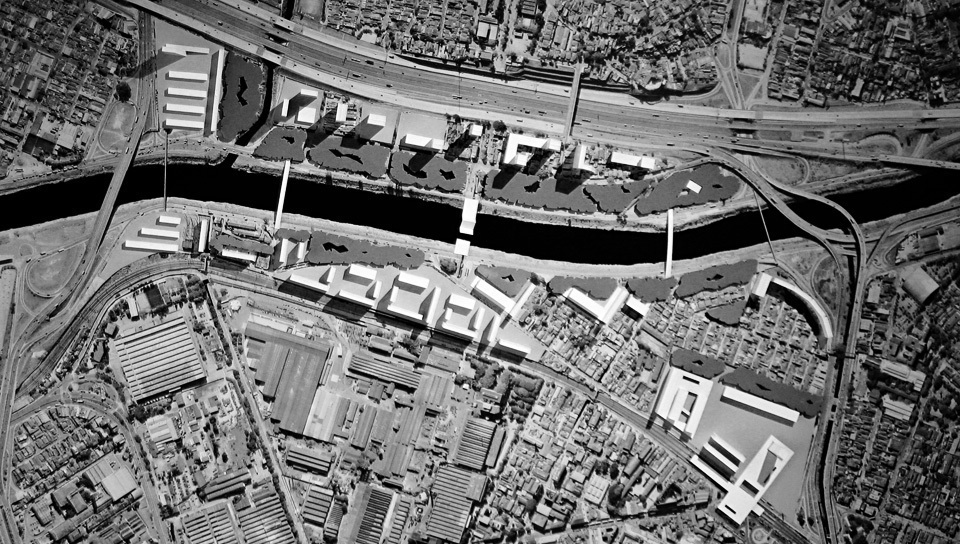
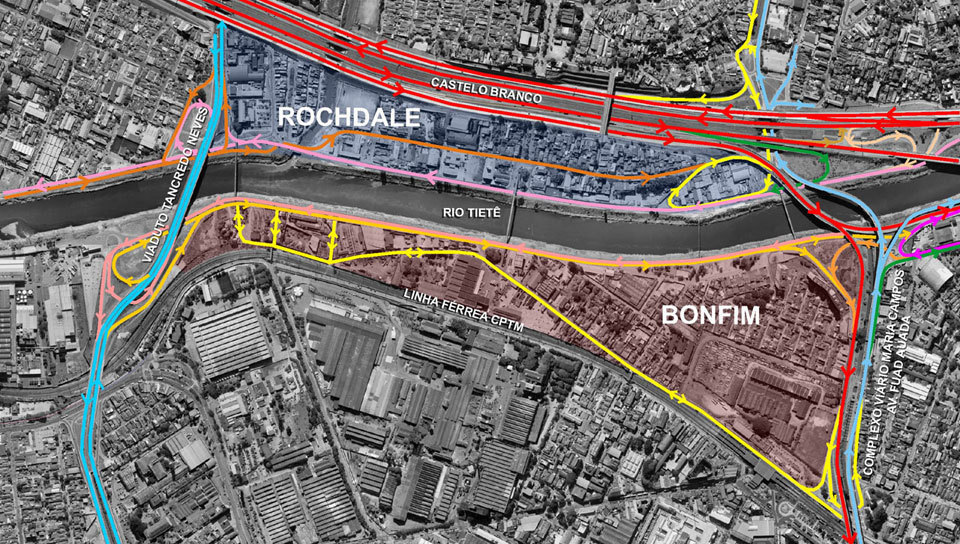
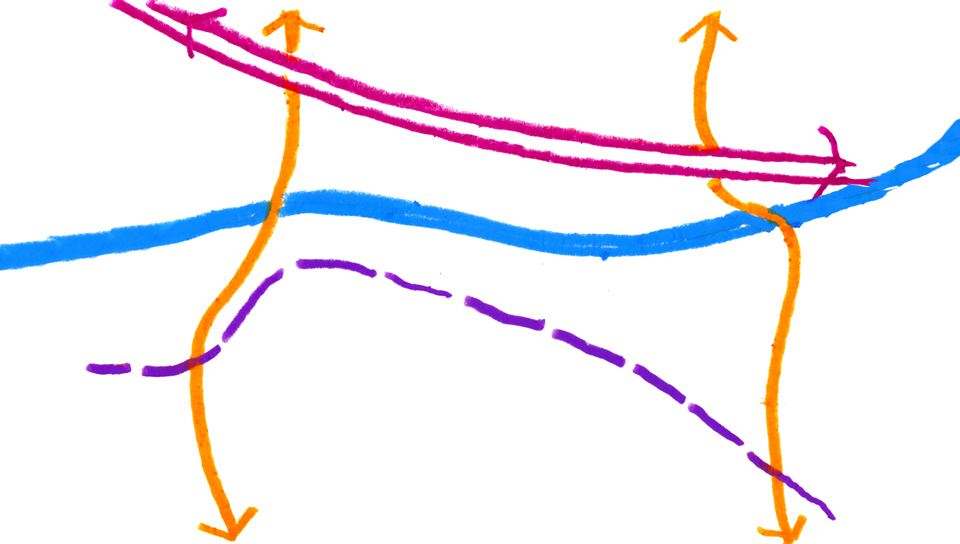

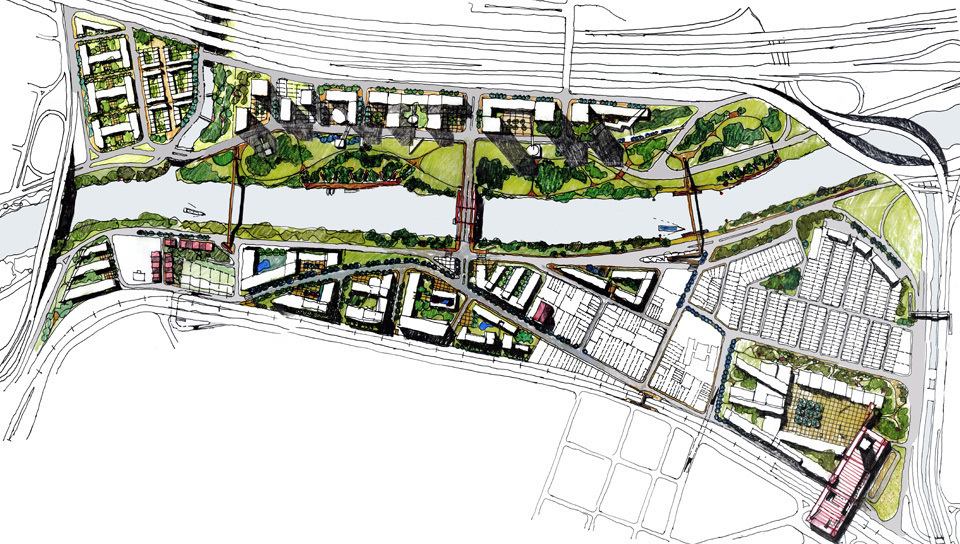
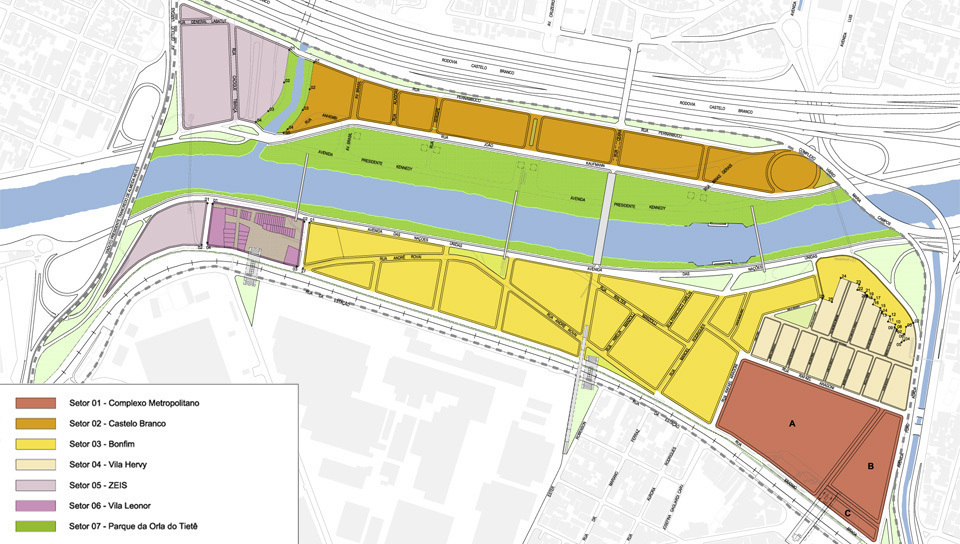
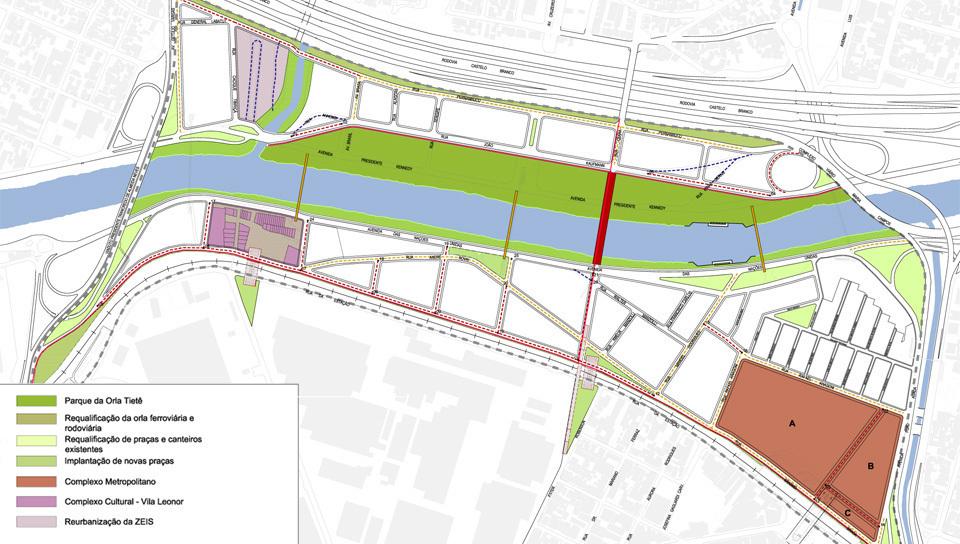
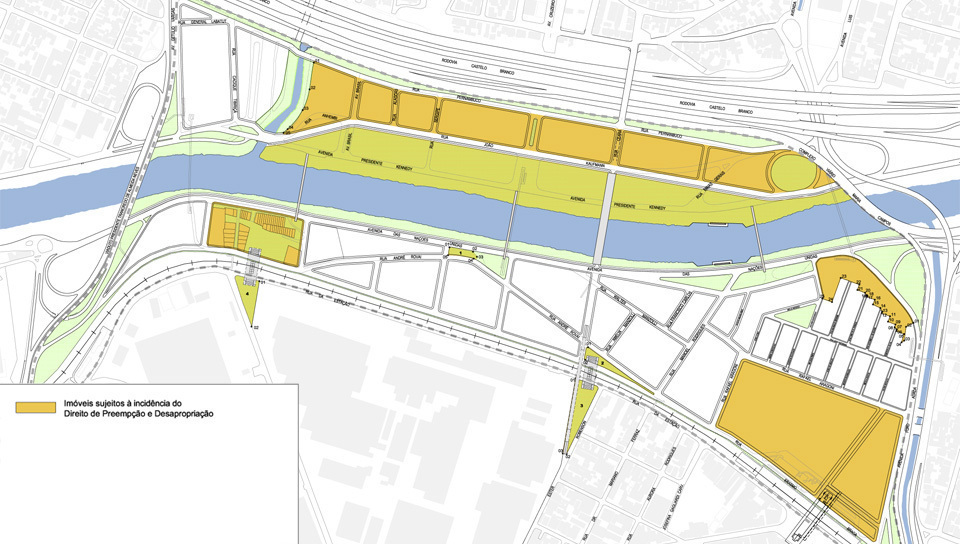
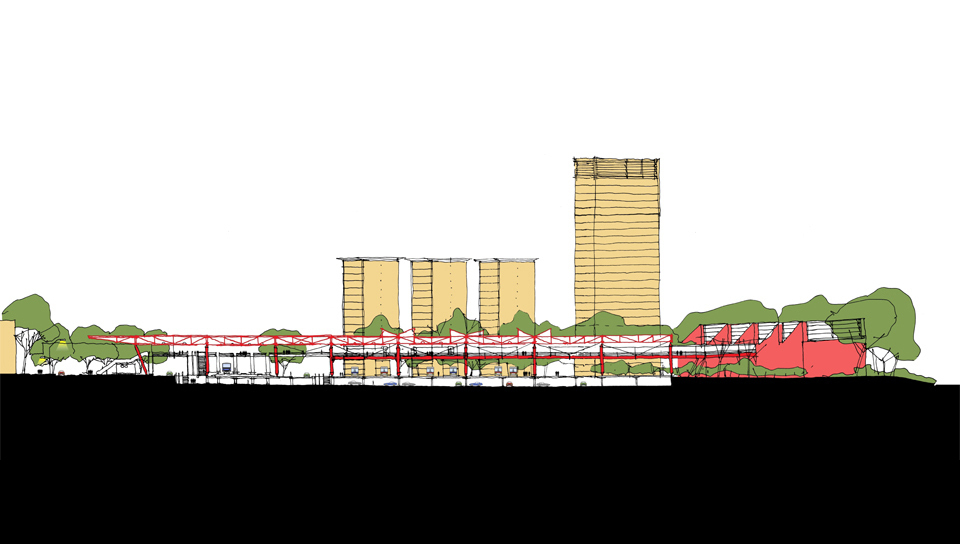
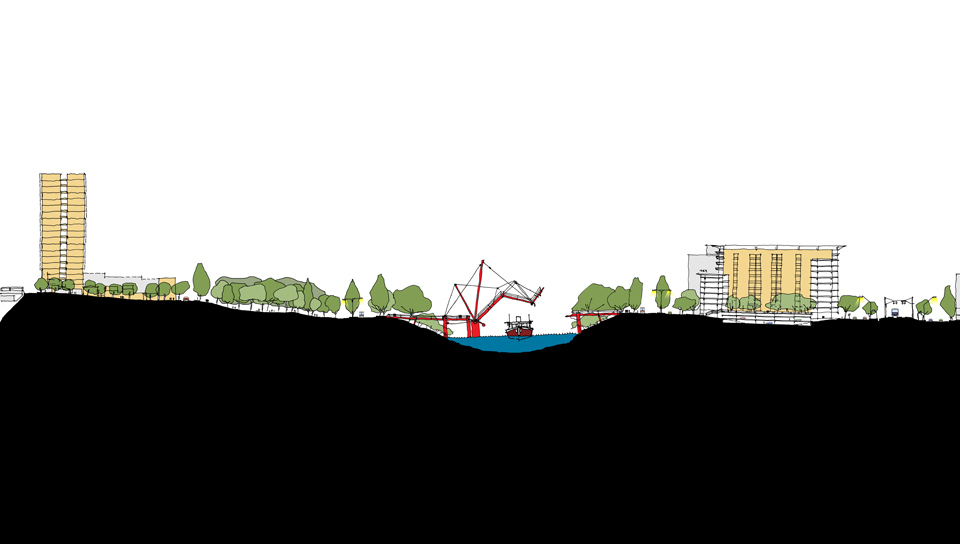
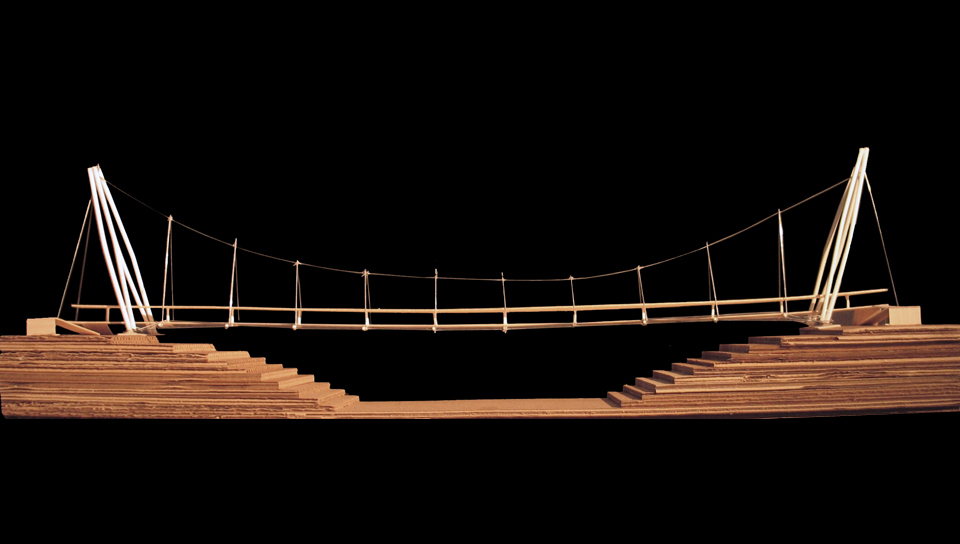
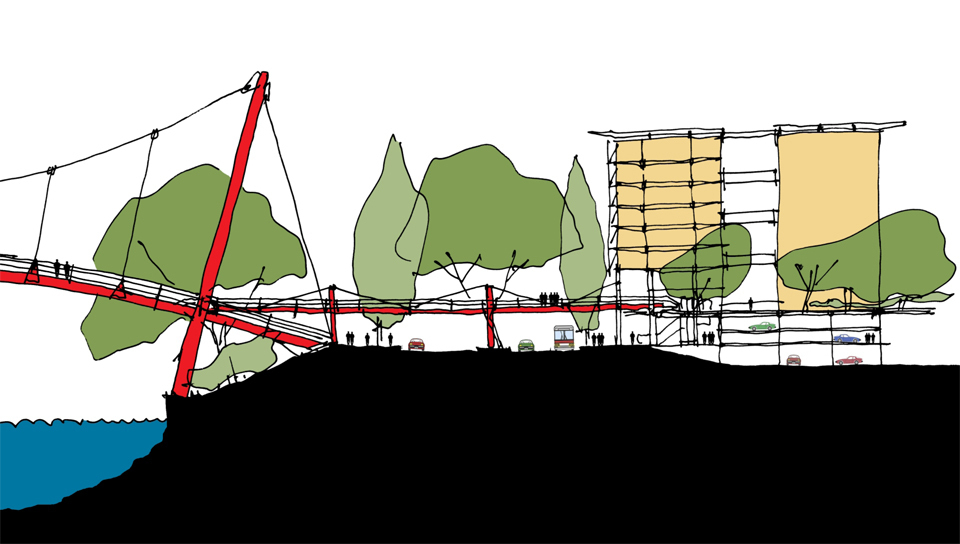
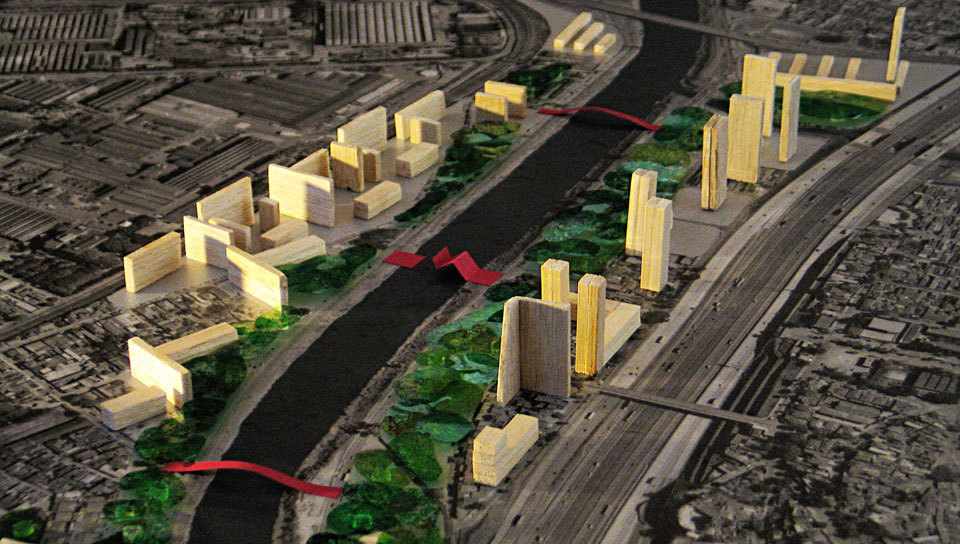
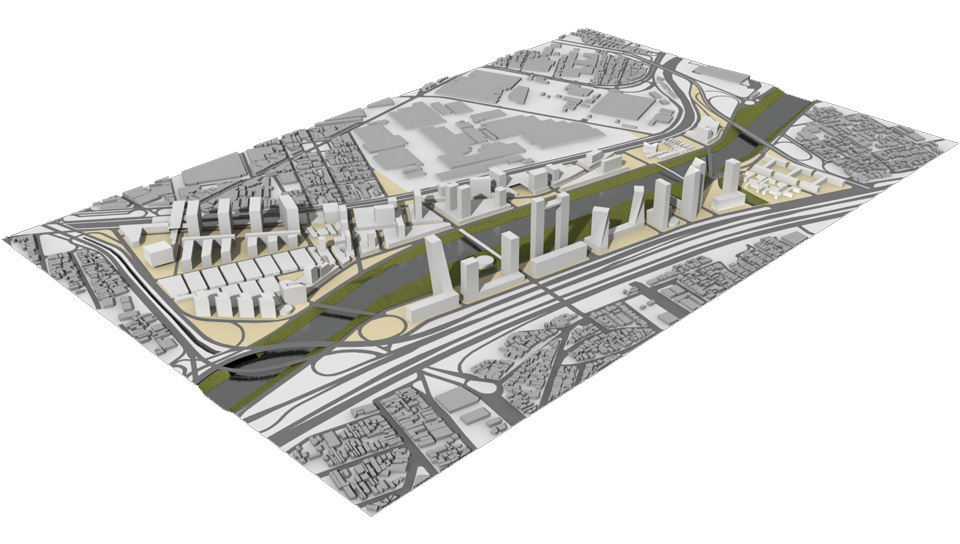
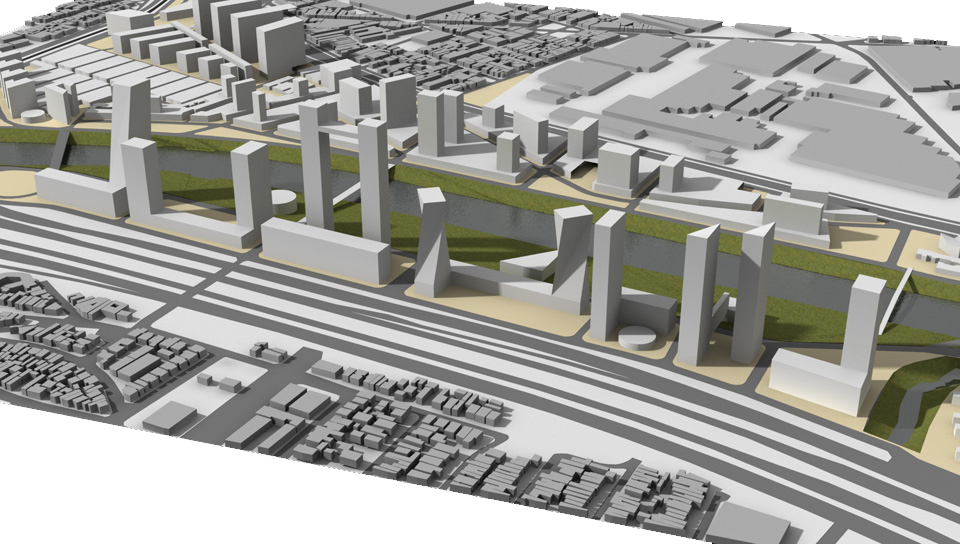
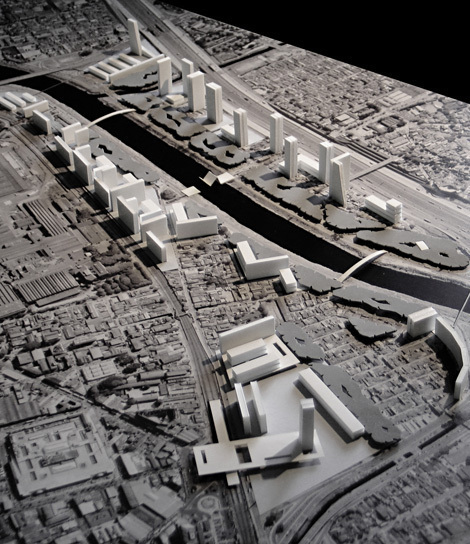
 Images
Images